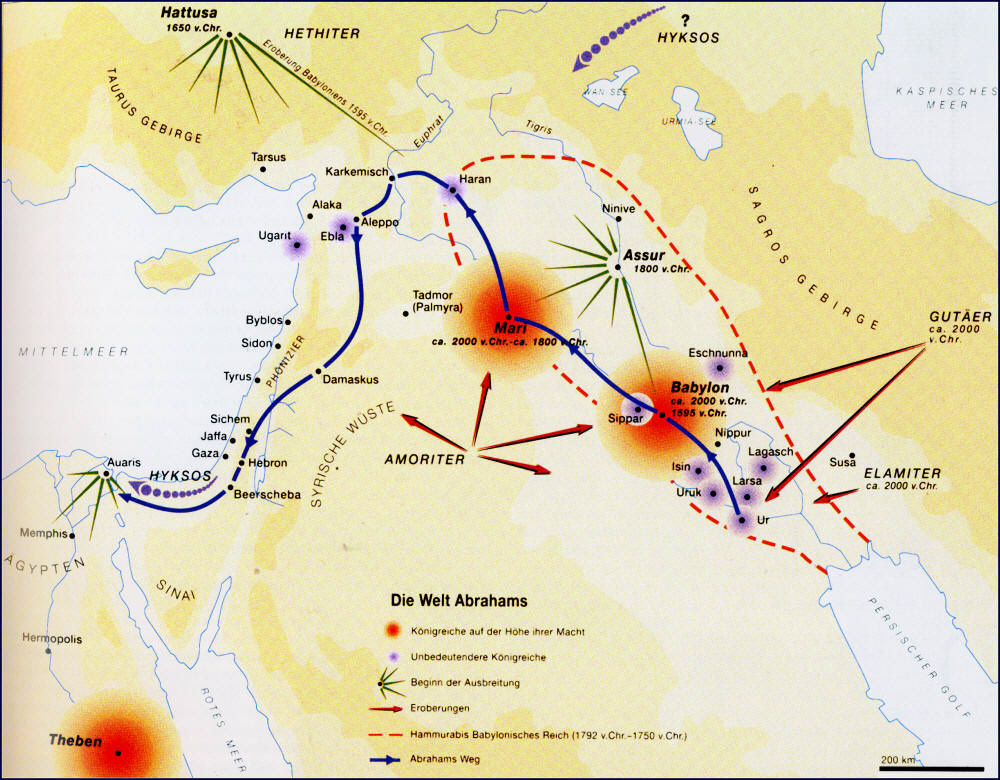Reasons For The Omission Of Excessive Heat Warnings In Forecasts

Table of Contents
Limitations in Weather Forecasting Technology
Accurately predicting extreme heat events is incredibly complex. Unlike many other weather phenomena, heat isn't easily defined by a single, easily measurable parameter. Factors like microclimates – localized variations in temperature influenced by geographical features and land cover – significantly affect the actual experienced temperature. Urban heat islands, where cities experience higher temperatures than surrounding areas due to paved surfaces and building density, further complicate predictions.
Current forecasting models, while continuously improving, still have limitations. Data collection methods also pose challenges.
- Insufficient spatial resolution in some models: Many models lack the granular detail to accurately predict temperature variations across small geographical areas.
- Challenges in predicting localized heat variations: Predicting the influence of microclimates and urban heat islands on temperature remains a significant hurdle.
- Dependence on accurate surface temperature measurements: The accuracy of forecasts heavily relies on the availability of reliable surface temperature data from various sources, which can be inconsistent or incomplete.
- Difficulties in predicting the combined effects of heat and humidity (heat index): The heat index, which combines temperature and humidity to determine the perceived air temperature, is crucial for assessing the actual risk of heatstroke. Accurately predicting the heat index adds another layer of complexity.
Thresholds and Criteria for Issuing Excessive Heat Warnings
The criteria used by meteorological agencies to issue heat warnings vary significantly, leading to potential inconsistencies. What constitutes "excessive heat" is not universally defined.
- Variations in temperature and heat index thresholds across regions: Different regions may have different thresholds based on their historical climate data and population's acclimatization to heat.
- Differing definitions of "excessive heat" between agencies: Variations in definitions and criteria across national and international agencies can lead to discrepancies in warnings.
- The role of historical data and climate change in adjusting thresholds: As climate change leads to more frequent and intense heatwaves, historical data might no longer accurately reflect current risk levels, necessitating adjustments to warning thresholds.
Communication Challenges and Public Awareness
Even with accurate predictions, effective communication of extreme heat warnings is crucial. This involves reaching diverse populations and ensuring messages are easily understood.
- Reaching vulnerable populations (elderly, low-income, etc.): These groups often lack the resources or awareness to protect themselves effectively during heatwaves.
- Effective use of multiple communication channels (media, social media, alerts): Utilizing a multi-pronged approach ensures wider reach and accessibility.
- Improving public understanding of heat-related health risks: Clear and accessible information about heatstroke, dehydration, and other heat-related dangers is critical for preventative action.
Resource Constraints and Prioritization of Other Weather Events
Meteorological agencies often face resource constraints, forcing them to prioritize warnings for immediately life-threatening events like severe storms or floods. This prioritization, while understandable, can lead to the underestimation of the long-term public health risks associated with prolonged heatwaves.
- Staffing limitations in forecasting offices: Limited personnel may hinder the capacity to issue comprehensive heat warnings alongside other severe weather alerts.
- Balancing resources across various weather hazards: Agencies must carefully allocate resources across different weather threats, sometimes prioritizing more immediate dangers.
- Potential underestimation of the severity of heat waves: The less immediate, but still deadly nature of heatwaves can lead to them being given lower priority compared to more visibly impactful events.
The Role of Climate Change in Increasing Heatwave Frequency and Intensity
Climate change is undeniably exacerbating heatwaves, making accurate prediction and warning even more critical. The increased frequency and intensity of these events necessitates improved forecasting models and communication strategies.
- Increased frequency and intensity of heat waves: Climate change is leading to more frequent, longer, and more intense heatwaves globally.
- Challenges in adapting forecasting models to changing climate patterns: Forecasting models need to be continuously updated to reflect these evolving climate patterns.
- Need for improved public education about climate change and heat: Increased public awareness about the link between climate change and extreme heat is crucial for promoting preparedness and mitigation efforts.
Conclusion: Understanding and Improving Excessive Heat Warnings
The absence of excessive heat warnings in some forecasts stems from a confluence of factors: limitations in forecasting technology, varying criteria for issuing warnings, communication challenges, resource constraints, and the intensifying impact of climate change. Accurate and timely heat warnings, extreme heat warnings, and heatwave alerts are vital for public health and safety. We must advocate for increased investment in weather forecasting technology, improved communication strategies, and enhanced public awareness campaigns. Learn more about heat safety, support initiatives to strengthen weather forecasting resources, and stay informed about weather alerts in your area. By working together, we can better protect ourselves and our communities from the dangers of extreme heat.

Featured Posts
-
 Us Solar Tariff Increase Southeast Asias Response And Future Outlook
May 30, 2025
Us Solar Tariff Increase Southeast Asias Response And Future Outlook
May 30, 2025 -
 Augsburger Sport Und Die Juedische Gemeinde Eine Geschichte Der Rueckkehr
May 30, 2025
Augsburger Sport Und Die Juedische Gemeinde Eine Geschichte Der Rueckkehr
May 30, 2025 -
 Kunstnerisk Udforskning Ditte Okman Og Kare Quists Han Taler Udenom
May 30, 2025
Kunstnerisk Udforskning Ditte Okman Og Kare Quists Han Taler Udenom
May 30, 2025 -
 Get Your Spot Ticketmasters New Queue System For Taylor Swift Tickets
May 30, 2025
Get Your Spot Ticketmasters New Queue System For Taylor Swift Tickets
May 30, 2025 -
 Fausse Alerte Ou Greve Sncf Imminente Semaine Du 8 Mai
May 30, 2025
Fausse Alerte Ou Greve Sncf Imminente Semaine Du 8 Mai
May 30, 2025
